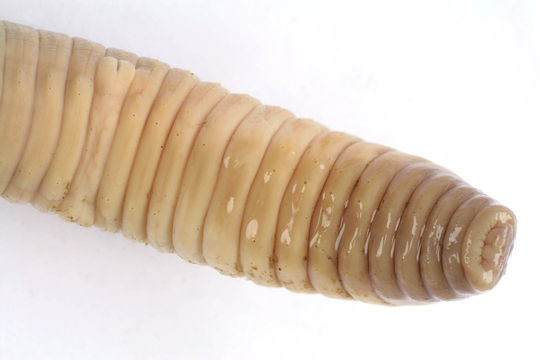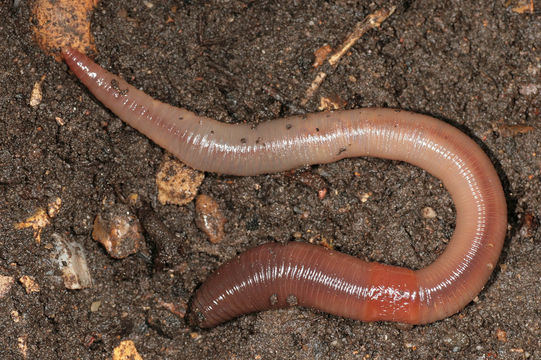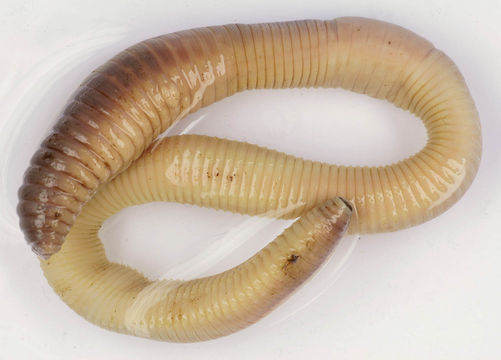Facts
Beginning to feel a little like a "book worm" after reading through all of that information about Lumbricus terrestris? Test your knowledge below in the true and false section to learn even more interesting facts before you go!
True or False
1. Earthworms have more than one heart.
2. Earthworms take in oxygen from their nose and breathe out carbon dioxide, just like us.
3. Earthworms come to the surface when it rains so they do not drown.
4. Earthworms have no ears.
5. Earthworms typically consume up to one third of their own body weight in one day.
6. If an earthworm is cut into two, it may regenerate or become two different earthworms.
7. An earthworm's urine is more dilute than humans'.
2. False: While earthworms do in fact take in oxygen and breathe out carbon dioxide, they do not have noses to do so. Instead, they breathe through their skin. In fact, the air gets dissolved on the mucus covering of the earthworm's skin (Campbell 2008).
3. False: While there is no certain answer to why earthworms surface after rain, scientists have eliminated drowning as an explanation. There are three main hypotheses including better breathing, migration, and predation purposes. As we just found out above, earthworms breathe through their skin (Campbell 2008). If a worm "dries out," it suffocates, so it is important that they stay moist. What better way to stay moist than to surface during or after a rainstorm when everything surrounding them is wet? The means of transportation is as simple as it sounds. When surfaces are moist, earthworms are able to move more quickly than through the dense soil (Annenberg Learner 2013). The last hypothesis involves an attempt to keep away from predators. Rain drop vibrations may sound similar to predator vibrations. When predators are nearby, earthworms tend to move upwards in fear of invasion in their burrows, much like that of the mole (Encyclopedia of Life 2013).
4. True: Just like earthworms do not have eyes or noses, they also do not have ears. As mentioned in the section on Nutrition, they use chemoreceptors instead for sensing (Annenberg Learner 2013).
5. True: To review the kind of things they can consume, you can revisit the Nutrition webpage (Griffith 2013).
6. False: This is a typical myth many hear about for years growing up. While it is a fact that worms can regenerate, they will never form two separate earthworms. Even more, worms can only regenerate if the clitellum is still intact (Annenberg Learner 2013).
7. True: While a worm's urine is more dilute than ours, it has significant higher levels of ammonia and urea (Annenberg Learner 2013).
Now that you know just about everything you need to know about L. terrestris, read about us, the authors, on the About Us page.
Check out where we gathered our information from on our Reference page



